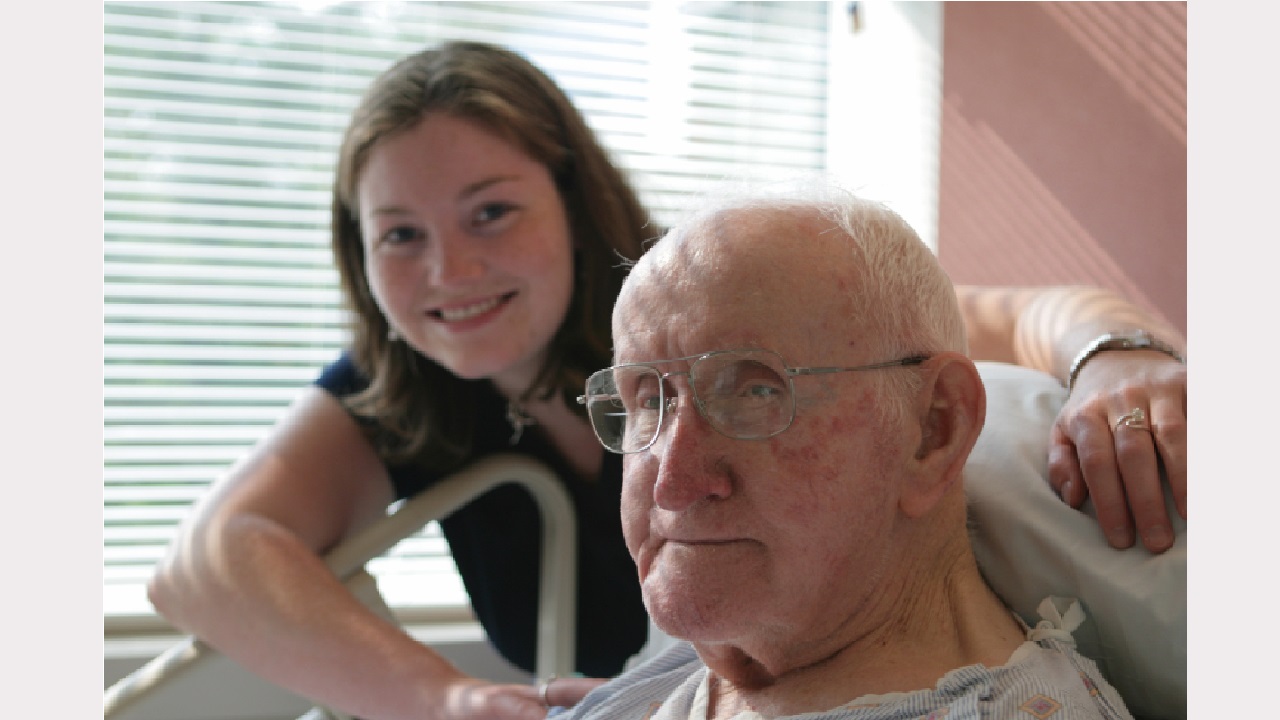Use of palliative care services doubles over the past decade
Use of palliative care services doubles over the past decade
by Heather Wiseman
Tuesday, October 20, 2015
Palliative care-related hospitalisations have increased by more than 50% in the past decade, according to the Australian Institute of Health and Welfare’s most recent national data on deaths, released today.
The report, Palliative care services in Australia 2015, showed that palliative care hospitalisations increased 52% from 40,435 in 2003-2004 to 62,000 in 2012-2013.
Of the of palliative care patients admitted to hospital in 2012-2013, 56% had a principal diagnosis of cancer.
About one in 18 (5.6%) of the 226,500 permanent residential aged care residents were assessed as requiring palliative care. Tasmania had the highest rate of palliative care in aged care (289 residents per 100,000 compared to 55 per 100,000 for Australia overall). More than one quarter (26.1%) had been diagnosed with cancer and nearly one third (29.7%) were related to the circulatory system.
Other interesting findings include:
- Five of every 1000 employed medical specialists were specialist palliative medicine physicians in 2012. Of those, almost nine in 10 (85.6%) worked mainly in major cities. More than half (56%) were female, which is more than double the proportion of all employed specialist female medical practitioners.
- About 12,400 patients received a palliative medicine specialist service in 2013-2014 which was subsidised by Medicare.
- More than 51,200 palliative care-related prescriptions were provided to almost 25,900 patients in 2013-2014. Laxatives were most often dispensed (39%), followed by analgesics (27%) and anti-epileptics (13%).
- One in 1000 general practice encounters were palliative care related in 2012-2013. Of those, 10.4% were with people aged under 55 and 100% were recorded as being with non-Indigenous Australians.
- One in six public acute hospitals had a hospice care unit.
- There was a 3.6% increase in the number of patients (31,512) who accessed palliative care in 2013, compared to 2012.
